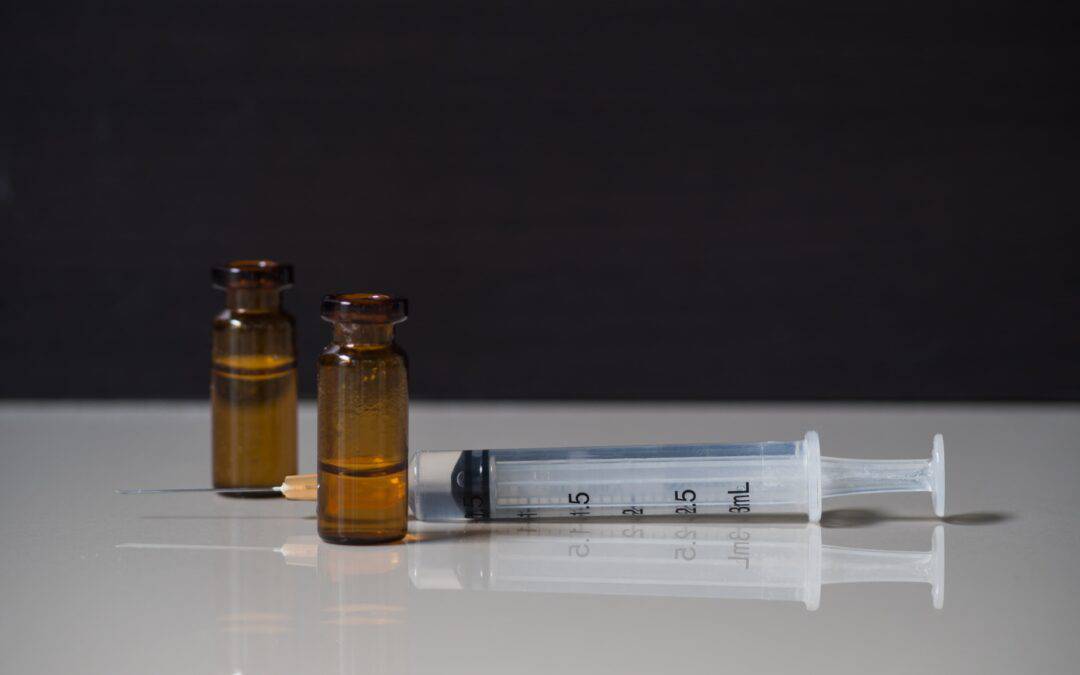Hallucinogenic drugs are commonly used by young adults in clubs and raves, and Ketamine is one of them. Legal in the United States, Ketamine works to tranquilize humans and animals. The Department of Justice’s National Drug Intelligence Center reports that in 2000, three-quarters of emergency room visits were for those between 12 and 25 abusing Ketamine.
Excessive recreational use can quickly lead to psychological tolerance and dependence, the main components of addiction. Ketamine withdrawal and detox can be uncomfortable and psychologically distressful and, in some cases, can lead to severe depression and a risk of suicide.
Ketamine Withdrawal Symptoms
Problematic psychologically, ketamine withdrawal and detox include uncomfortable physical symptoms. Intense emotional instability is a critical factor in withdrawal, requiring constant medical monitoring during detox. Extreme emotional instability from intense rage and agitation may call for isolation to protect all parties during detox. Detox is generally not life-threatening but can be complicated enough to raise concerns.
Common withdrawal symptoms from Ketamine abuse include any of the following psychological and physical issues:
- Impaired thought processes
- Nausea and the shakes
- Rage and agitation
- Decrease in respiratory and cardiac functioning
- Insomnia
- Affected hearing
What is Ketamine Detox?
Purging Ketamine from the system is the detoxification process or detox. Ketamine withdrawal and detox is the first step in recovery. After the last dose of Ketamine, withdrawal symptoms will begin as the last remnants of the drug leave the body. Ketamine detox triggers intense cravings that can lead to relapse if not monitored closely.
Medical monitoring during this process is essential because of the unpredictable psychotic behaviors that may occur. Ketamine affects at least 3 brain regions. The hallucinations and delusions are alarming to cope with and complex to treat. Ketamine withdrawal and detox can also adversely affect respiratory functions and heart rate. As a result, this could lead to an adverse situation.
Ketamine withdrawal and detox begin within 24 to 72 hours from the last dose and can continue for several weeks. Like all detox processing, the length of detox relies on the individual factors of the addiction. Physical health, age, weight, length of usage, amount of usual dosage, and any combination of other substances contribute to detox and withdrawal symptoms. Ketamine detox usually includes a cold turkey factor, which induces intense cravings, manageable with medication-assisted treatment options.
The typical withdrawal and detox timeline follows:
- Days 1 through 3: Shakiness, fatigue, insomnia, rage, depressive mood, hallucinations, delusions, tremors, double vision, nausea, rapid breathing, and hearing loss
- Days 4 through 14: Continued symptoms can persist but will begin to dissipate near day14
- Days 15 and forward: Stabilization generally occurs, but specific psychological issues may continue indefinitely; nerve cell damage in the brain may be permanent.
Short and Long-Term Effects of Ketamine
The short and long-term effects of Ketamine are difficult to judge because of its unpredictable nature. Overdose is possible with only a small dosage or if other substances are being used, and is often accidental. However, respiratory failure is the leading cause of death from Ketamine overdose. In the attempt to reach the desirable “K-hole” high, a loss of mobility can occur. This leaves the user unable to reach out for help.
Ketamine users likely experience a comedown similar to a hangover from drinking too much alcohol. Rarely dangerous, the Ketamine comedown experience can continue for a few days. The Ketamine comedown affects mood, motivation, and energy and is adversely impactful on lifestyle and relationships. The Ketamine withdrawal and detox process can produce some of the same symptoms escalated as the comedown.
As the high from Ketamine dissipates, the user may experience the following symptoms:
- Numbness or muscle weakness
- Feelings of hopelessness and helplessness
- Aggressive behavior
- Amnesia
- Delirium
- Impaired vision and severe confusion
Ketamine affects parts of the brain responsible for causing hallucinations, distortions of sight and sound, and feelings of disconnection or lack of control. These effects typically continue for 30 to 60 minutes, a shorter period than LSD or PCP, which can extend for several hours.
Users label their experiences with Ketamine with descriptors such as Special K, K-land, K-hole, Baby food, and God. Hallucinogen Persisting Perception Disorder (HPPD) could occur several weeks after Ketamine usage, causing long-lasting visual disturbances.
Ketamine’s adverse side effects can also include:
- Increased heart rate and elevated blood pressure
- Muscle rigidity
- Respiratory distress
- Paranoia
- Depression
- Long-term cognitive problems
- Loss of coordination and stumbling
- Involuntary rapid eye movements, dilated pupils
- Salivation
- Tear secretions
Signs of Ketamine Abuse
Ketamine is a dissociative hallucinogenic tranquilizer. Teens and young adults typically use Ketamine for its short-term high at dance clubs, music festivals, and concerts. The out-of-body experience can lead to accidents and severe injury when the user feels detached from reality. Ketamine withdrawal and detox symptoms can depend on the method of ingestion and frequency of use.
Ketamine is manufactured commercially as an off-white powder or clear liquid. Users either smoke, snort, or inject Ketamine, while others prefer to use Ketamine with other drugs such as MDMA, amphetamine, methamphetamine, or cocaine. Another usage of Ketamine involves mixing the liquid form into drinks.
Common street names for Ketamine include the following.
- Kit Kat, Cat Tranquilizer, Cat Valium
- Jet K, Special K, Super K, and Vitamin K
- Purple
- Special La Coke
- Super Acid
Signs and symptoms of Ketamine abuse include any of the following:
- Antsy behavior
- Loss of coordination
- Slurred speech
- Agitation and irritability
- Depression
- Rapid eye movements
- Insomnia
- Redness of skin
Find Valuable Detox for Ketamine Withdrawal in Tennessee
If a loved one needs more information concerning the Ketamine withdrawal and detox process, Detox West Tennessee can address your questions and concerns. The center offers various drug and alcohol detox options with medical monitoring and medication-assisted treatment available for safety.
Let our admissions office explain the treatment options available after detox is complete. Aftercare programs are available as well to ensure recovery continues without relapse.


